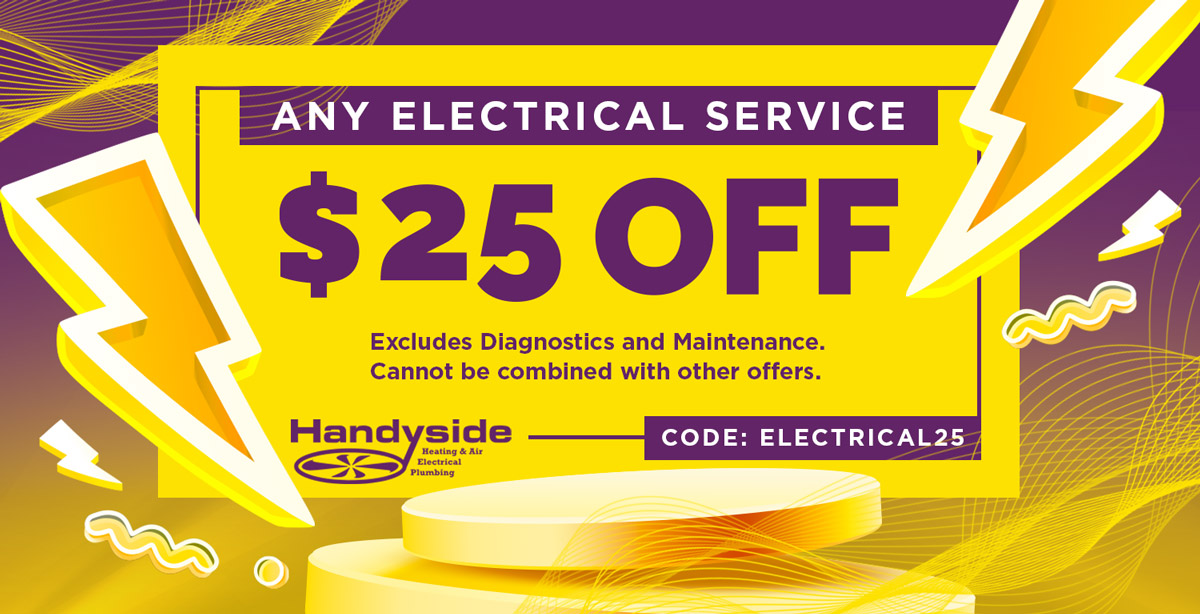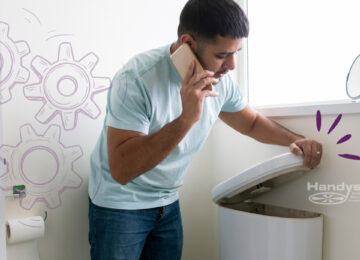A power surge is a burst of electrical energy that travels through our cords and wires, posing a potential threat to our electrical devices. It can result in immediate damage, frying them on the spot, or gradually diminish their lifespan over time
 #1 Energy-Efficient Appliances
#1 Energy-Efficient Appliances
One of the most significant contributors to power surges in homes is old, outdated, power-wasting appliances. Household appliances like ovens, dishwashers, washing machines, clothes dryers, microwaves, and air conditioners can strain our electrical systems. f we have too many of these devices plugged into the same outlet, it increases the likelihood of power surges. Consider investing in energy-efficient appliances to not only reduce power consumption but also safeguard your home from potential surges.
#2 Surge Protectors
Safeguard your valuable electronics like computers, large-screen TVs, and high-end Bluetooth speaker systems by connecting them to power bars equipped with built-in surge protectors. It’s important to note that not every power bar comes with surge protection, so investing in one with this feature may be more expensive upfront but proves to be a worthy investment.
For comprehensive protection, consider installing surge protection devices that cover your entire house. These devices can be mounted outside your home or integrated into your breaker box. Regardless of the installation method, they serve as a robust defense, shielding your entire household from potential electrical surges.

#3 Upgrade or Repair Wiring
If you’re experiencing noticeable power issues in your home—such as dimming lights, buzzing noises, occasional burning plastic odors, or tripped/burnt-out breakers and fuses—it’s a clear indication of potential wiring problems. Over time, wiring in both older and modern houses can become frayed, damaged, or brittle, leading to various complications. To protect yourself and your home from power surges, have a Handyside professional come in to inspect your wires and identify any problem areas. A thorough inspection of your wiring will identify and address any underlying issues, ensuring the safety and reliability of your electrical system.
#4 Get Smart with Plug Sharing
Power surges frequently occur when a circuit is overloaded by a high-powered device that consumes more electricity than the circuit can manage. The surge is specific to the device and outlet. Anything sharing the same outlet or extension cord as the device causing the power spike is at risk of damage. Avoid plugging your smartphone alongside an outdated window air conditioning unit or connecting your laptop with appliances like the dishwasher and microwave to prevent potential damage.
![4 Ways to Protect Yourself From Power Surges A power surge is a burst of electrical energy that travels through our cords and wires, posing a potential threat to our electrical devices. It can result in immediate damage, frying them on the spot, or gradually diminish their lifespan over time #1 Energy-Efficient Appliances One of the most significant contributors to power surges in […]](https://handysideinc.com/wp-content/uploads/2023/11/4-Ways-to-Protect-Yourself-From-Power-Surges-750x420.jpg)




